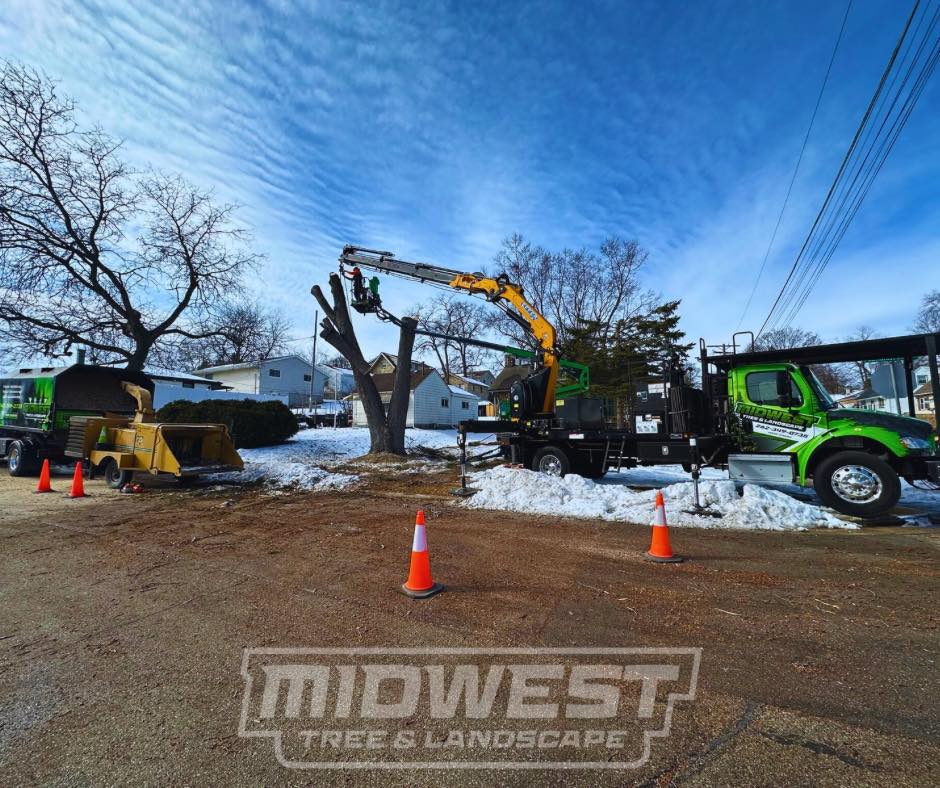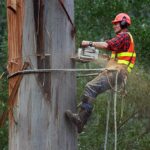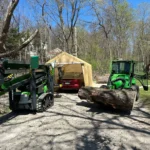Clearing land is a critical first step in many development, conservation, and landscaping projects. In Waukesha County, the Land Conservation Division sets forth specific standards to ensure that site clearing is conducted responsibly, protecting both the environment and the interests of property owners. Understanding these standards is essential for anyone planning to remove trees, brush, or other vegetation, whether for construction, agriculture, or land management.
The Purpose of Site Clearing Standards
Waukesha County’s site clearing standards are designed to balance land use needs with environmental stewardship. The primary goals include:
- Facilitating land use changes while conserving natural resources
- Preventing soil erosion and sedimentation
- Protecting water and air quality
- Safeguarding public safety and property
- Preserving valuable vegetation and wildlife habitats
These standards apply to a wide range of projects, from residential developments to agricultural expansions and infrastructure improvements.
Key Elements of Site Clearing Standards
1. Defining the Clearing Area
Before any work begins, the exact boundaries of the area to be cleared must be clearly marked. This is typically done using stakes, flags, or tree markings. Trees and vegetation designated to remain must be specially marked and protected throughout the project. This step ensures that only intended areas are disturbed, minimizing unnecessary environmental impact.
2. Protection of Existing Vegetation
Vegetation that is to remain undisturbed must be protected from all construction activities. This includes prohibiting stockpiling of materials, parking, or excessive foot and vehicle traffic within the dripline of these plants.
If any damage occurs—such as cuts, scrapes, or broken branches—prompt repair and, if necessary, replacement with viable plants of the same species are required. This meticulous approach helps maintain the ecological balance and aesthetic value of the site.
3. Clearing and Grubbing Procedures
The removal process involves clearing trees, brush, shrubs, stumps, and other woody growth to a height not exceeding 12 inches above ground. Methods such as cutting, pulling, or grubbing may be used, but care must be taken to avoid damaging vegetation that is to remain, as well as existing structures and utilities.
For areas where construction or improvements are planned, stumps and roots larger than one inch in diameter must be removed to specific depths to ensure a stable foundation.
4. Erosion and Sediment Control
Erosion control is a cornerstone of Waukesha County’s standards. Protective measures—such as installing silt fences, sediment basins, mulching, and prompt seeding—must be implemented to minimize soil loss and prevent sediment from entering waterways. These actions are crucial for maintaining site stability and protecting downstream water quality.
5. Debris Disposal
All cleared materials must be disposed of responsibly. Options include burning or burying at approved locations, or removing the debris from the site entirely. When burying is chosen, a minimum of two feet of earth cover is required. Contractors are responsible for adhering to all local regulations regarding disposal or burning, ensuring that air and water quality are not compromised.
Permitting and Compliance in Waukesha County
Anyone planning significant site clearing in Waukesha County must navigate the county’s permitting process. This involves submitting a detailed site plan, which should include:
- A scaled map showing lot boundaries, existing and proposed structures, landscaping, grading, stormwater management features, and other relevant details
- Approvals from relevant county divisions, such as Environmental Health and Planning and Zoning
- Compliance with the Storm Water Management and Erosion Control Ordinance, often requiring a preliminary stormwater review
A complete application helps streamline the approval process and ensures that all environmental and safety standards are met. If a project requires a variance or appeal, property owners can seek recourse through the county’s Board of Adjustment.
Best Practices for Landowners and Contractors
To ensure compliance with Waukesha County’s site clearing standards, landowners and contractors should:
- Clearly identify and protect all vegetation to be preserved
- Use appropriate clearing methods to minimize soil disturbance and protect remaining vegetation
- Implement erosion and sediment controls before, during, and after clearing
- Dispose of debris in accordance with local regulations
- Monitor the site for any signs of erosion or environmental damage, making repairs as needed
By following these practices, project managers can achieve their development goals while upholding the county’s commitment to environmental quality.
Responsible Site Clearing and Tree Removal in North Prairie, WI

In North Prairie and throughout Waukesha County, responsible site clearing and tree removal are essential for both property improvement and environmental protection. Whether you need professional tree removal or stump grinding, Midwest Tree & Landscape LLC offers expertise and a commitment to quality that aligns with local conservation standards.
Our experienced team ensures that your land is cleared efficiently and responsibly, helping you prepare for your next project while safeguarding the natural beauty of your property. Send us a message to ensure your site clearing or tree removal project is carried out with care, meets all local conservation standards, and respects the environment.




